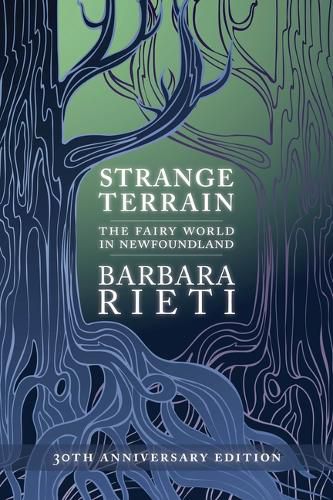Readings Newsletter
Become a Readings Member to make your shopping experience even easier.
Sign in or sign up for free!
You’re not far away from qualifying for FREE standard shipping within Australia
You’ve qualified for FREE standard shipping within Australia
The cart is loading…






Fairies might be good or bad, and encounters with them funny or fatal. They can take on the form of people or animals, or they may have no form at all, as when a person walking in the woods is led astray by some irresistible force. This variability in fairies is matched by the diversity of human attitudes about them.
Barbara Rieti’s study began in 1983 when she met a young man who told her that he had been followed by the fairies. Subsequent research drew on the hundreds of archival accounts of fairies and on Dr. Rieti’s own fieldwork on Newfoundland’s Avalon Peninsula. Rieti describes the specific contexts in which fairy experiences are recounted and the manner in which they are told, keeping the storytellers at centre stage. She also highlights themes such as connections between fairies and nature, and the relationships between fairies and people. Comparative material sets the subject in historical and international context and demonstrates the remarkable tenacity of these old yet persistent tales.
The fairies may be going, but they are not gone yet. The stories still to be heard offer a window on everyday folklife, as well as on an extraordinary world.
$9.00 standard shipping within Australia
FREE standard shipping within Australia for orders over $100.00
Express & International shipping calculated at checkout
Fairies might be good or bad, and encounters with them funny or fatal. They can take on the form of people or animals, or they may have no form at all, as when a person walking in the woods is led astray by some irresistible force. This variability in fairies is matched by the diversity of human attitudes about them.
Barbara Rieti’s study began in 1983 when she met a young man who told her that he had been followed by the fairies. Subsequent research drew on the hundreds of archival accounts of fairies and on Dr. Rieti’s own fieldwork on Newfoundland’s Avalon Peninsula. Rieti describes the specific contexts in which fairy experiences are recounted and the manner in which they are told, keeping the storytellers at centre stage. She also highlights themes such as connections between fairies and nature, and the relationships between fairies and people. Comparative material sets the subject in historical and international context and demonstrates the remarkable tenacity of these old yet persistent tales.
The fairies may be going, but they are not gone yet. The stories still to be heard offer a window on everyday folklife, as well as on an extraordinary world.